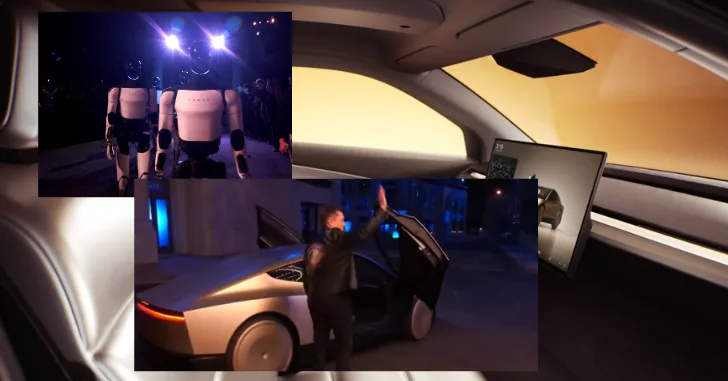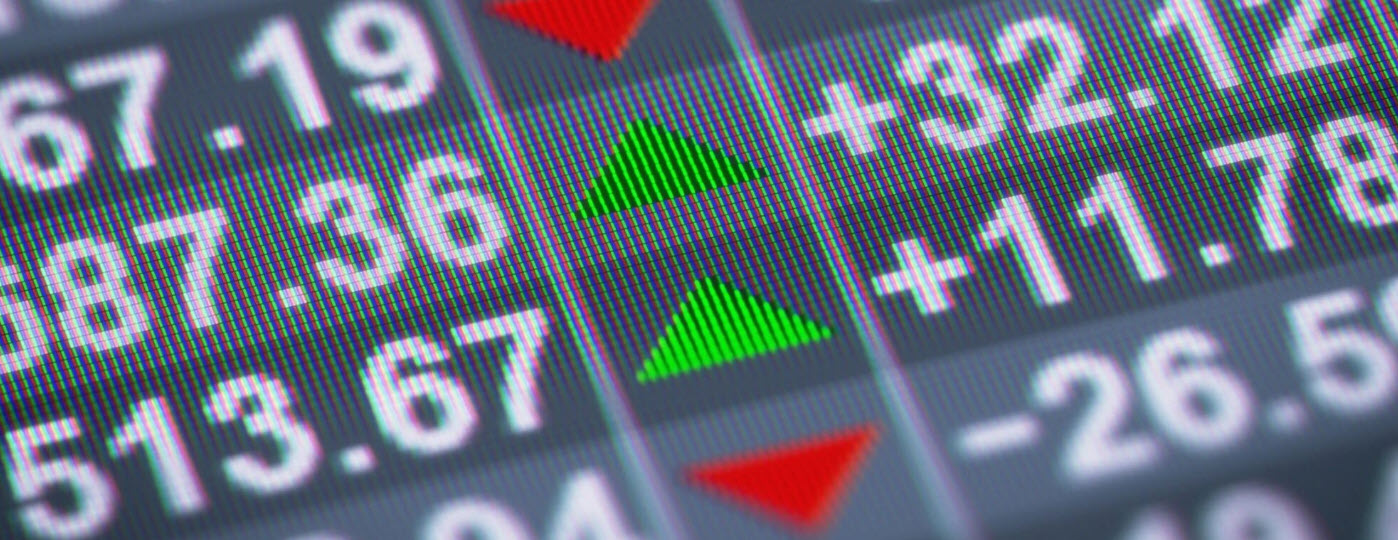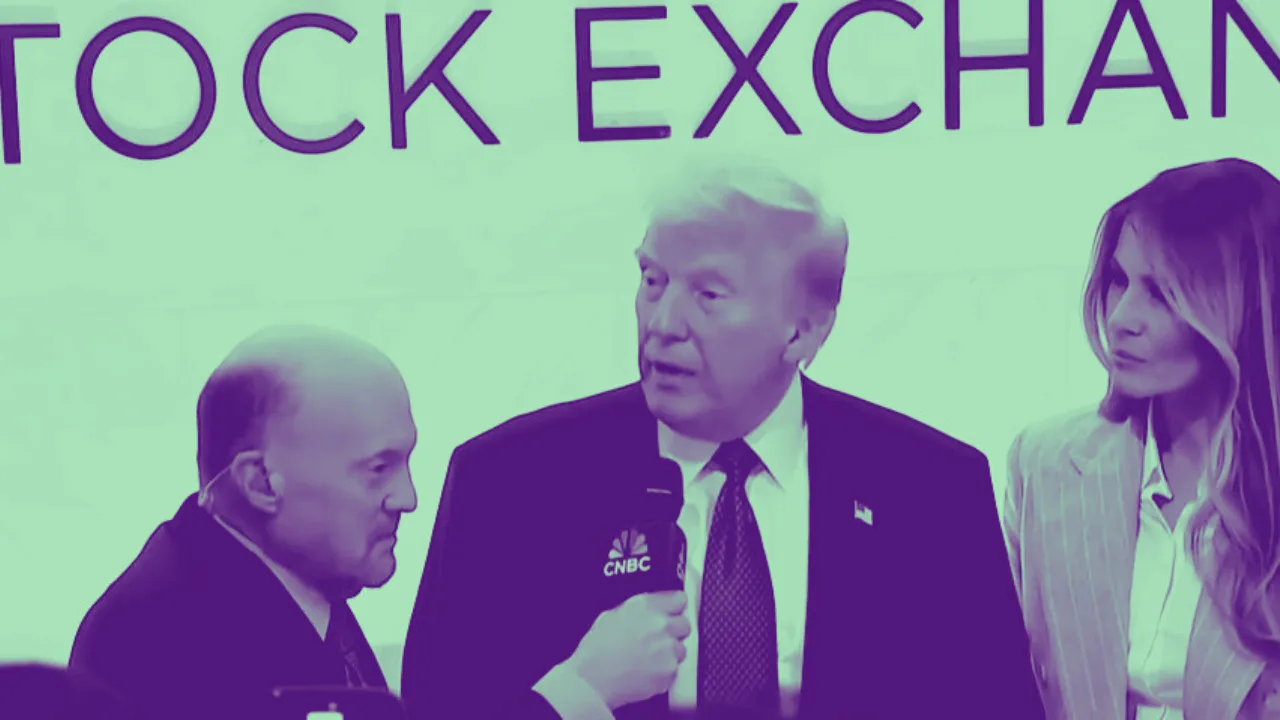Tesla’s highly anticipated RoboTaxi and Optimus event was meant to showcase the next chapter in autonomous driving and robotics, but instead, it left investors underwhelmed. Despite Elon Musk’s bold vision of a driverless future and humanoid robots revolutionizing households and factories, the event lacked concrete timelines and technical details, sparking a notable negative reaction from the market.
Investors React to the RoboTaxi and Optimus Premier
The Tesla stock price dropped sharply following the event, wiping nearly $60 billion off the company’s market value. Analysts were quick to label the unveiling a disappointment, maintaining cautious “Hold” ratings for the stock due to skepticism around the feasibility of Musk’s ambitious projects. William Stein from Truist Financial highlighted that while Tesla’s latest innovations may eventually transform the company, the lack of immediate catalysts and clarity around regulatory hurdles made it difficult for Wall Street to justify a more bullish stance(markets.businessinsider.com).
The primary issue? Tesla’s RoboTaxi, branded as the Cybercab, is designed to have no steering wheel or pedals, relying entirely on full self-driving (FSD) technology to navigate city streets. While this concept is revolutionary, the technical challenges and regulatory barriers it faces are monumental. Despite Musk’s promise of availability by 2026, he provided few details on how Tesla plans to achieve regulatory approval in markets like California and Texas(Fox Business).
Missing Details Fuel Skepticism
Many investors hoped that the event would showcase concrete advancements in Tesla’s FSD capabilities and a clearer path to commercial deployment. Instead, the focus remained on futuristic concepts and idealistic projections. The introduction of the Robovan, a larger autonomous vehicle that can carry up to 20 passengers, was equally light on specifics, with no clear release timeline or strategic roadmap(New Atlas).
The underwhelming nature of the event is reflected in analysts’ ratings. Mizuho Securities reiterated a “Hold” rating with a price target of $230, noting that while the vision is exciting, there are simply too many unknowns for the stock to gain immediate momentum. The overall sentiment was that Tesla’s aspirations are impressive but may be too far off to impact its valuation in the short term(markets.businessinsider.com).
Optimus: Impressive Potential, But More Questions Than Answers
Musk also unveiled the latest version of Tesla’s Optimus humanoid robot, which he claimed could one day become a common household and industrial assistant. The robot’s projected price of $20,000 to $30,000, combined with its promise to perform various tasks like carrying objects, walking pets, and even serving drinks, grabbed attention—but also raised skepticism. Investors were left wondering how Tesla plans to overcome the massive technological and safety challenges of creating a versatile robot that can operate autonomously in unpredictable environments(Electrek).
The Optimus, while visually impressive, still appears to be years away from being a commercially viable product. Musk’s optimism about its future dominance felt premature, and without clearer technical milestones, it seemed more like a marketing ploy to maintain excitement rather than a true near-term breakthrough.
A Strategic Misfire?
The RoboTaxi event’s disappointing reception highlights a larger issue for Tesla: managing expectations. While Musk is known for his visionary proclamations, the lack of substantive updates around FSD, concrete timelines, and real-world test results undermined the perceived credibility of the event. Critics argue that the reveal felt more like a flashy PR stunt than a strategic product update, and that Tesla may need to refocus on delivering incremental progress rather than pushing far-off concepts.
The Long Road Ahead
Despite the lackluster response, Tesla remains a long-term play for many investors. The RoboTaxi and Optimus projects have the potential to redefine Tesla’s value proposition and dominate new markets if executed successfully. However, with high regulatory hurdles, complex technical challenges, and increasing competition, the road ahead is uncertain.
For now, Tesla’s bold promises continue to outpace its ability to deliver, and investors are left waiting for more substance to back up the ambitious rhetoric. The company’s ability to regain investor confidence will depend heavily on its ability to demonstrate real-world advancements and navigate the regulatory maze that stands between today’s vision and tomorrow’s reality.





